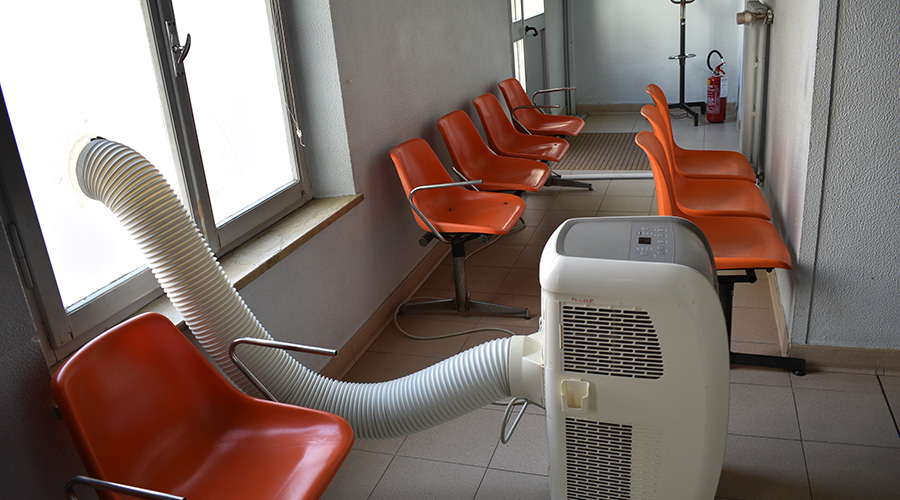Refrigerant Choices Evolving to Benefit Social and Climate Needs
Making decisions about refrigerant replacements and new HVAC systems demands a closer look at environmental and global impacts.
What’s the role of refrigerants in climate change? And what are facility managers and building owners doing about it today?
As facility managers know, refrigerants matter. Project Drawdown, a nonprofit advocate for reducing greenhouse gas emissions, identifies refrigerants as the No. 1 most impactful contributor in the construction industry to greenhouse gas emissions and to accelerating climate change. This is due in large part to the fluorinated gases in refrigerants, which have staggeringly high global warming effects. At least 92 percent of all fluorinated gases used in the United States are for refrigerants used in buildings and vehicles, according to Environmental Protection Agency (EPA) 2020 estimates, making up almost 3 percent of total U.S. greenhouse gas emissions.
The impacts of refrigerants are classified using two measurements: ozone depletion potential (ODP) and global warming potential (GWP). Beyond the environmental impact, refrigerants additionally pose a risk to human health via risks of toxicity, flammability, asphyxiation, and other hazards, according to the Refrigeration Service Engineers Society [link]. Many of these risks can be mitigated via prudent refrigerant management, such as prevention of leakage and proper disposal.
Following the establishment of the Montreal Protocol in the mid-1980s, rolling phaseouts have been considered an effective means to protecting the ozone layer. Refrigerants with high ODPs, notably chlorofluorocarbons (CFCs) and hydrochlorofluorocarbons (HCFCs), faced a complete phaseout to culminate this year. Conversions to using hydrofluorocarbons (HFCs) have been widely seen as a success. Yet while HFCs don’t deplete the ozone layer, their fluorinated gases pack high GWP, giving them about 1,000 to 9,000 times more capacity to warm the atmosphere as compared to carbon dioxide.
Fortunately, the restrictions are increasing. In the 2016 Kigali Amendment to the Montreal Protocol, 170 countries committed to achieving an 85 percent reduction in HFC usage by 2036, with further restrictions enforced as early as 2024. And on the horizon are greater commitments, including California’s recently enacted laws and new, substitute refrigerants with low-warming hydrofluoroolefins (HFOs) and other non-HFC substances. While HFOs still contain fluorine gas, the GWP is significantly lower than that of HFCs. HFOs and other alternative refrigerants (as well as natural refrigerants) are currently available for use in the US commercial chiller market.
A Social Cost, Too
These alternatives are more important than ever. In addition to directly contributing to climate change, there is a social cost associated with greenhouse gas emissions, which many commercial and institutional building owners have begun to take seriously.
“The social cost represents the monetary value of future climate change-related damages,” according to Erin Bishop, a senior economist at Autocase and contributor of an analysis of this issue with Buro Happold for a recent white paper, adding that scientists expect climate change to have increasingly negative consequences for society due to rising temperatures. For example, increasing temperatures have been linked to raised probabilities and intensities of extreme weather events, such as coastline flooding, droughts, heat waves and wildfires, according to Autocase.
While experts don’t agree on a universal social cost of carbon – offering values ranging from zero to $1500 per metric ton of carbon dioxide equivalents — Autocase notes an emerging consensus has targeted approximately $30-$100 per ton of carbon dioxide equivalent. This cost is increasing every year, too, as climate impacts become more critical, they add.
Related Topics:














